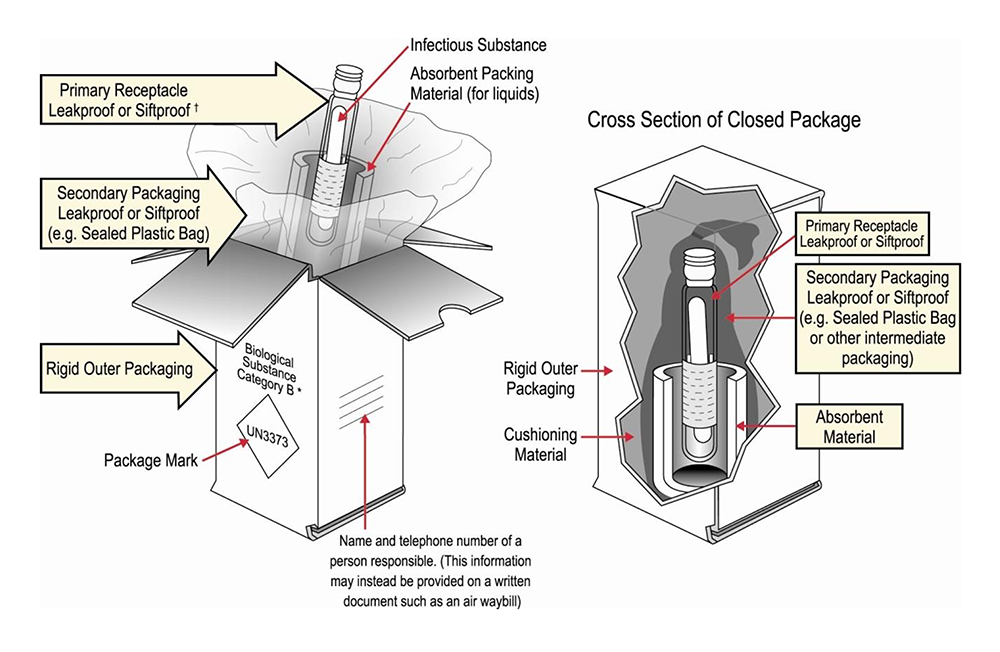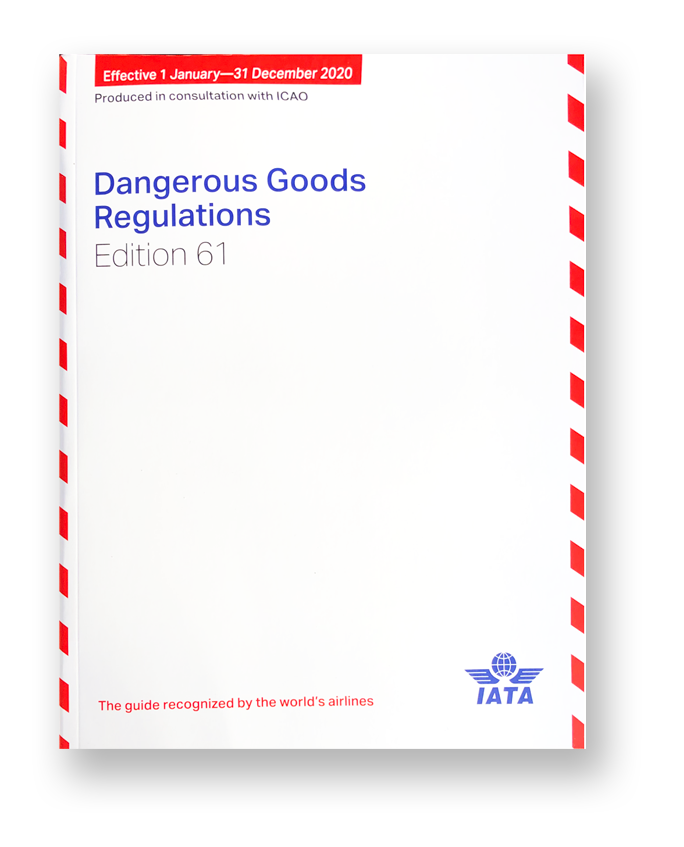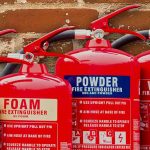We made a video tour of our Training Coordinator (TC) capabilities. TC access is available free for all our group accounts and lets you monitor student progress, enroll personnel, download certificates and training documentation, view expiring certificates, manage users, and pay for training at your convenience.
If you are responsible for ensuring that employees at your workplace are trained and in compliance, Eduwhere can help. We offer “Training Coordinator” accounts, which allow you to view the progress, payment, and expiration status for a group of trainees, as well as the ability to enroll new users and re-enroll existing users who are due for retraining.
Training coordinators can monitor the progress of users in their training group, and send a reminder to those who may need a “gentle nudge” to complete their training. Once those training courses are complete, coordinators can download and print certificates. Of course, hard copies will still be sent by Eduwhere, unless the “go green” option was chosen.
Coordinators can also manage payments. Their portal will allow them to see which enrollments are still unpaid, and then make payments and download receipts for all enrollments in the group. Keeping track of which courses have been paid for can be a headache for those companies with employees taking training at different times throughout the year, but our training coordinator page can help.
New users can also be enrolled, and existing users re-enrolled, by the training coordinator. The portal allows the coordinator to view training which has recently expired, or which will expire soon, and ensures that the coordinator can keep employees on schedule and in-compliance with training requirements.
Here at Eduwhere, we want to help you make sure your employees stay in compliance. If you are already managing training for employees, give us a call (or send us an email) and let us set up a coordinator page for you.












